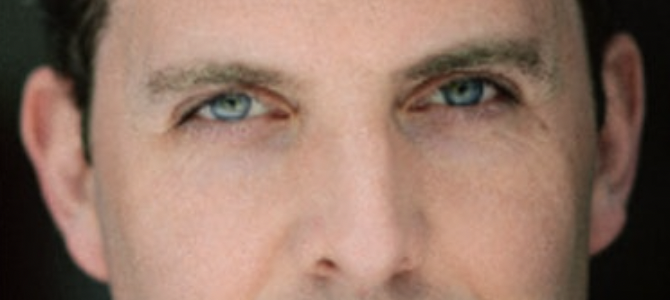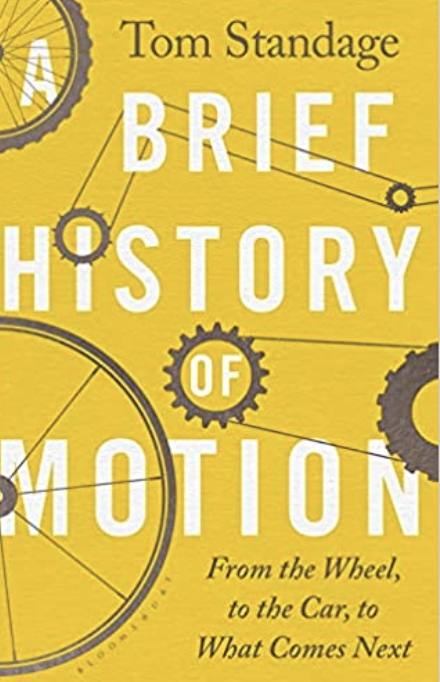
Our addiction to cars


Tom Standage take us through the beginning around 3000 BC with the wheel and moving through the era of horsepower, trains, bicycles, and the rise of the car – and the future of urban transport – into a broader historical context.
Our society has been shaped by the car in innumerable ways , many of which are so familiar that we no longer notice them. Why does red means stop and green means go? Why do some countries drive on the left and some on the right? How did cars, introduced only a little over a century ago, change the way the world was administered laid out and policed, along with experiences like eating and shopping? And what might travel in a post-car world look like?
As social transformations from ride-sharing to the global pandemic force us to critically re-examine our relationship with personal transportation.
In the mid 1950s, Austrian Jewish architect Victor Gruen, who had escaped the Nazis, came up with an answer to America’s car-addled suburbs, by including shops, houses, schools, offices, hospital and green space, together on one site outside Minneapolis.
But the developers ripped his plan, and took out housing and green space and instead added car parking thereby giving birth to an enclosed shopping mall, with it America’s addiction to cars.
Tom Standage invite us to conclude that our relationship with the car has taken several wrong turns. Automobiles once promised to free us from the noise, danger and dirt of travel on or drawn by horses.
The average car speed in central London today is just eight miles per hour, the same speed as horse-drawn carriages in the 1890s.
Since 2000 more Americans have died on the roads than died in combat in the whole of the 20th century.
The Americans who live in walkable neighbourhoods weigh on an average 6-10lbs less than those who don’t and road vehicles account for more than 17 per cent of carbon dioxide emissions.
The absurd dominance of car is obvious to anyone who has considered cycling to office or seen how much urban space is occupied by parked vehicles.
Standage, a deputy editor of The Economist, argues that we need to reinvent the wheels, and are doing so, with electric cars, ride-hailing apps, scooter hire and possibly autonomous vehicles. The invention of the wheel itself seems to have happened in Europe more than 5, 000 years ago with its associated problems not new: even ancient Rome and Pompeii had traffic-calming measures. In the 19th century when the omnibus democratised wheeled travel and the invention of the steam engine, bicycle and internal combustion engine transformed it.
A picture of Laufmachine-the forerunner of the bicycle, with no pedals propelled by running- is in for a treat. Standage explains why green came to mean go at traffic lights, and how, in the 20th century cars enabled African-Americans’ bus boycott, gave young people a private space for datingand fuelled the rise of McDonalds.
According to Standage the car was the smartphone of its day, bringing freedom, status, and shopping, only now it has been edged out by smartphone. So young people see less need to drive, let alone own a car as the pandemic gave us glimpses of empty pedestrian-friendly streets. A Brief History of Motion tackles issues such as the rise of the SUV and modern industry lobbying. Pioneers who made travel easier and lamenting the failure of authorities to rein in their creations. In both Britain and the US, early pro-safety groups were so infiltrated by industry interests that they opposed speed limits
And driving tests. In Scandinavian countries regulations like mandatory insurance were pioneered.
The tech is now there for a new revolution. Last month Boris Johnson urged English Councils to stop blocking cycling and walking schemes- “trying to squeeze more cars and delivery vans on the same roads hoping for the best is not going to work”.
His government wants to spend £27 bn on roads.
A Brief History of Motion: From the Wheel to the Car to What comes next by Tom Standage £20, 272 pages.
